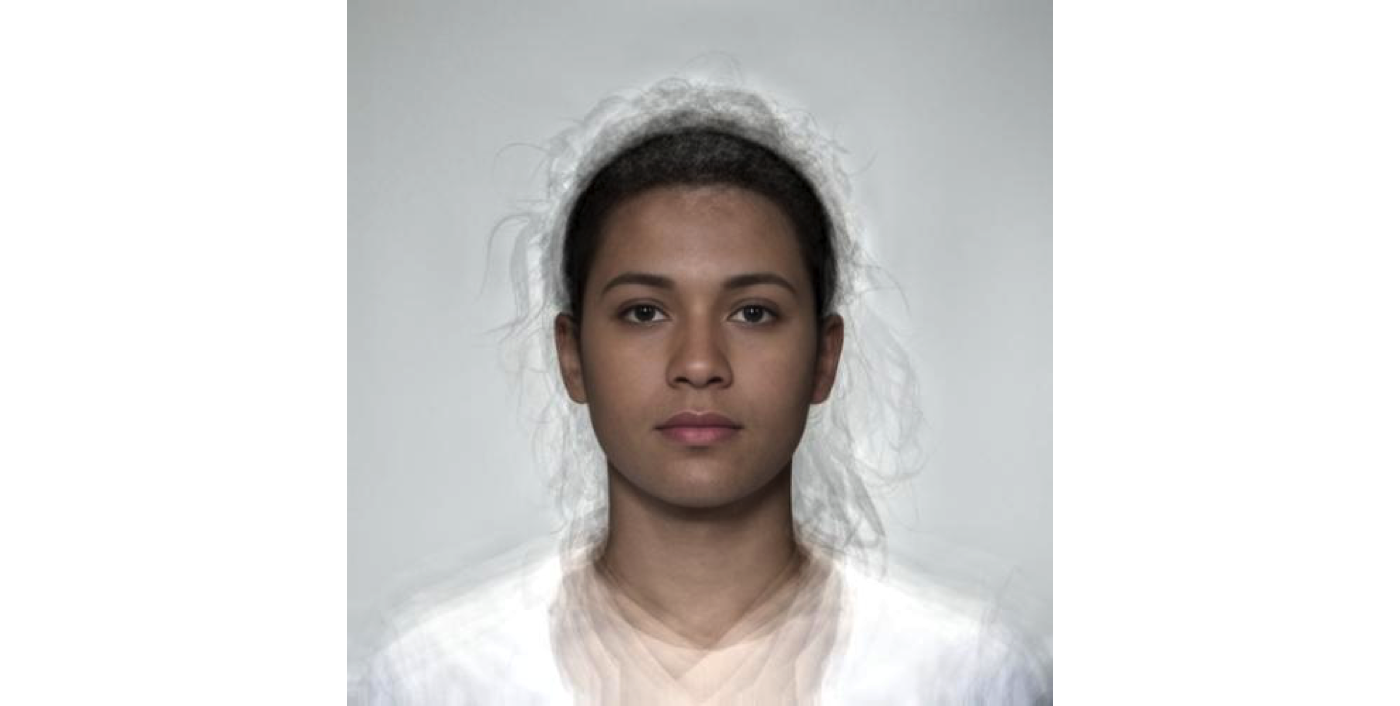Create an average from a list of delineated stimuli.
Usage
avg(
stimuli,
texture = TRUE,
norm = c("none", "twopoint", "rigid"),
normpoint = 0:1
)Arguments
- stimuli
list of stimuli to average
- texture
logical; whether textured should be averaged
- norm
how to normalise; see Details
- normpoint
points for twopoint normalisation
Details
Normalisation options
none: averages will have all coordinates as the mathematical average of the coordinates in the component templates
twopoint: all images are first aligned to the 2 alignment points designated in
normpoint. Their position is set to their position in the first image in stimulirigid: procrustes aligns all images to the position of the first image in stimuli
Texture
This applies a representative texture to the average, resulting in composite images with more realistic texture instead of the very smooth, bland texture most other averaging programs create. See the papers below for methodological details.
B. Tiddeman, M. Stirrat and D. Perrett (2005). Towards realism in facial prototyping: results of a wavelet MRF method. Theory and Practice of Computer Graphics.
B. Tiddeman, D.M. Burt and D. Perrett (2001). Computer Graphics in Facial Perception Research. IEEE Computer Graphics and Applications, 21(5), 42-50.
See also
WebMorph.org functions
continuum(),
loop(),
symmetrize(),
trans(),
webmorph_up()
Examples
# \donttest{
if (webmorph_up()) {
demo_stim() |> avg()
}
 # }
# }
